Home>Garden Essentials>When Do You Plant Corn Seeds
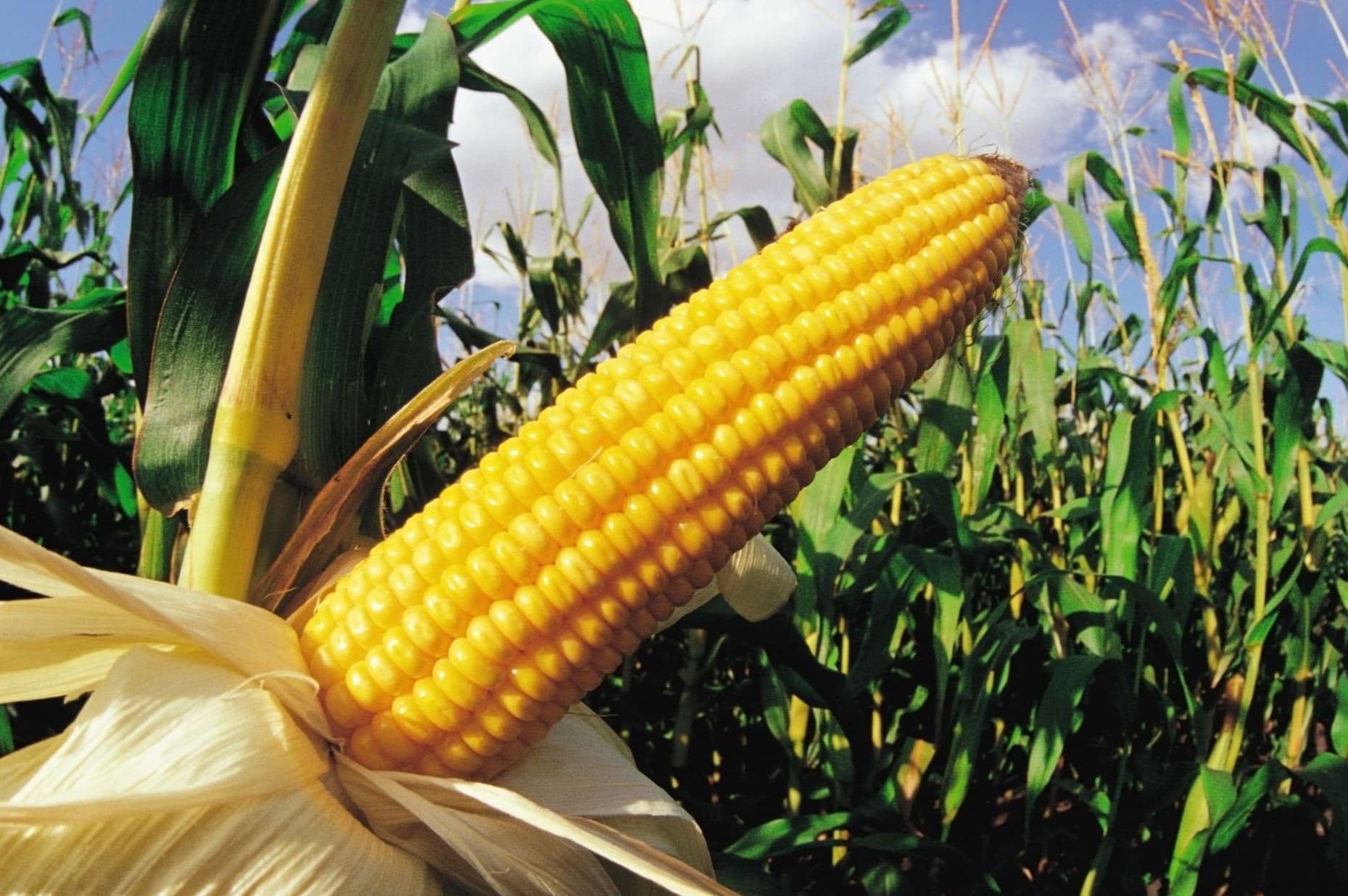

Garden Essentials
When Do You Plant Corn Seeds
Modified: March 15, 2024
Discover the best time to plant corn seeds in your garden and learn valuable tips for a successful harvest. Find expert advice on gardening and planting at [website name].
(Many of the links in this article redirect to a specific reviewed product. Your purchase of these products through affiliate links helps to generate commission for Storables.com, at no extra cost. Learn more)
Introduction
Welcome to the exciting world of gardening! If you’re a plant enthusiast or have a knack for growing your own food, then you’ve come to the right place. In this article, we will delve into the fascinating process of planting corn seeds, one of the most beloved and iconic vegetables in the garden.
Corn, scientifically known as Zea mays, has been a staple crop for centuries, providing sustenance and nutrition to cultures worldwide. Its tall stalks, vibrant leaves, and golden ears make it a visually striking addition to any garden, while its deliciously sweet kernels make it a favorite in countless culinary creations.
But when is the best time to plant corn seeds? What factors should you consider to ensure a successful growing season? In this comprehensive guide, we will explore the optimal soil temperature, the importance of understanding frost dates, soil preparation, step-by-step planting instructions, and tips for caring for your corn plants throughout their growth cycle.
Whether you’re a seasoned gardener or just starting with your green thumb, this article aims to provide you with the knowledge and confidence you need to plant your corn seeds and enjoy a bountiful harvest. So let’s dig in and discover the secrets to successful corn cultivation!
Key Takeaways:
- Planting corn seeds requires attention to soil temperature, spacing, and climate. Success depends on understanding frost dates, soil preparation, and ongoing care for healthy, flavorful corn.
- Harvesting corn at the right stage of maturity ensures the best flavor. Proper preservation methods allow you to enjoy homegrown corn throughout the year.
Read more: How Far Apart Do You Plant Corn Seed
Factors to Consider Before Planting Corn Seeds
Before you dive into planting corn seeds, there are several important factors to consider that will greatly affect the success and productivity of your corn crop. Taking the time to assess these factors will ensure that you have the optimal conditions for your corn plants to thrive. Let’s explore these considerations in detail:
- Climate: Corn is a warm-weather crop that thrives in full sun, so it is crucial to choose a planting location with ample sunlight. Additionally, corn requires a lengthy growing season, typically ranging from 60 to 100 days, depending on the variety. Therefore, it is important to assess your regional climate and choose corn varieties that are well-suited for your specific area.
- Soil Type: Corn prefers well-drained soil with a pH level around 6 to 7.5. Sandy loam or loamy soil types are ideal for corn cultivation. Before planting, it is recommended to test your soil’s pH level and ensure proper drainage to provide the best growing conditions for your corn plants.
- Spacing: Corn plants grow to be several feet tall and require ample space to spread their roots and receive adequate sunlight. Plan your planting spacing accordingly, leaving approximately 12-24 inches between each plant and 30-36 inches between rows. Proper spacing will allow your corn plants to grow and develop without competition for resources.
- Companion Plants: Consider companion planting to maximize the productivity of your corn crop. For example, planting beans or peas near your corn not only creates a visually appealing garden but also benefits the corn plants by fixing nitrogen in the soil, promoting healthy growth.
- Pest and Disease Management: Corn plants can be susceptible to various pests and diseases, such as corn borers, armyworms, and fungal infections. Before planting, familiarize yourself with common corn pests and diseases in your area, and implement appropriate pest management strategies to protect your crop.
- Succession Planting: If you have the space and desire for a continuous harvest, consider practicing succession planting. Instead of planting all your corn seeds at once, stagger your plantings by a few weeks. This way, you’ll have a continuous supply of fresh corn rather than a one-time yield.
By taking these factors into account, you’ll set the stage for successful corn cultivation. Understanding your climate, soil conditions, spacing requirements, companion planting options, pest management strategies, and the possibility of succession planting will empower you to make informed decisions as you embark on your corn-growing journey.
Soil Temperature Requirements for Planting Corn Seeds
Soil temperature plays a crucial role in the germination and overall success of corn seeds. Corn is a warm-season crop, and proper soil temperature is essential for seed germination and healthy plant growth. Here are the key temperature requirements to keep in mind when planting corn seeds:
Optimal Germination Temperature: For successful germination, corn seeds prefer a soil temperature of around 50 to 86°F (10 to 30°C). However, the ideal range for optimal germination is between 77 and 86°F (25 to 30°C). When the soil temperature falls below 50°F (10°C), the germination process slows down, and the seeds may take longer to sprout.
Seedling Emergence Temperature: Once the seeds have germinated, the optimal soil temperature for seedling emergence is slightly cooler. Aim for a range of 68 to 86°F (20 to 30°C) during this stage. Cooler soil temperatures may result in slower growth, while higher temperatures can stress the young seedlings.
Planting at the Right Time: It is important to wait until the soil has warmed up sufficiently before planting corn seeds. If the soil temperature is too cold, the seeds may fail to germinate, leading to a poor crop yield. A soil temperature of around 50°F (10°C) is the minimum threshold for planting corn seeds, but waiting until it reaches 55 to 60°F (12 to 15°C) will provide more favorable conditions for successful germination.
Monitoring Soil Temperature: To accurately determine soil temperature, it is recommended to use a soil thermometer. Measure the temperature at a depth of about 2 to 4 inches (5 to 10 cm), as this reflects the temperature of the soil where the seeds will be planted. Take multiple readings in different locations to get an average soil temperature for more accurate results.
Protecting against Cold Snaps: Corn plants are susceptible to damage from late spring frosts or unexpected cold snaps. To protect your corn crop, it is advisable to delay planting until after the last frost date in your area. Alternatively, you can employ protective measures such as using row covers or planting in raised beds to mitigate the risk of frost damage.
By paying close attention to soil temperature and planting at the right time, you can give your corn seeds the optimal conditions they need for successful germination and healthy growth. Remember, warm soil is the key to unlocking the potential of your corn crop, leading to a bountiful harvest of delicious ears of corn to enjoy!
Optimal Time for Planting Corn Seeds
Choosing the optimal time for planting corn seeds is crucial to ensure a successful growing season and maximize your corn yield. The specific timing will depend on your location and the local climate. Here are some key factors to consider when determining the best time to plant corn seeds:
Soil Temperature: As mentioned earlier, soil temperature is a crucial factor for corn seed germination. Wait until the soil has warmed up to at least 55 to 60°F (12 to 15°C) before planting your corn seeds. This usually occurs when the threat of frost has passed, and consistent warm weather is expected. Planting too early when the soil is still cold can lead to poor germination rates and stunted growth.
Frost Dates: Understanding the frost dates in your area is essential to avoid potential damage to your corn crop. Most corn varieties require a long growing season, typically ranging from 60 to 100 days. Planting corn seeds too late in the season may result in immature ears due to the arrival of frost before the corn has fully matured. On the other hand, planting too early may expose young corn plants to late spring frosts. Consult the local agricultural extension office or use online resources to determine the average last frost date in your area.
Days to Maturity: Consider the days to maturity for the specific corn variety you are planting. This information is typically provided on the seed packet or in the variety description. Counting backward from the average first frost date will help you determine the ideal planting date. For example, if the variety you selected has a maturity period of 90 days, and the average first frost date in your area is around October 15th, then you should aim to plant your corn seeds no later than July 15th.
Regional Climate: Different regions have different climate patterns, including variations in temperature, rainfall, humidity, and other factors. Take these into account when determining the optimal planting time for your corn seeds. Pay attention to any microclimates or specific weather patterns in your area that may affect corn growth. Local gardening communities, online forums, or agricultural experts can provide valuable insights into the best planting times for your specific region.
By considering soil temperature, frost dates, days to maturity, and regional climate, you can pinpoint the optimal time to plant your corn seeds. Remember, corn requires warm weather and a long growing season to thrive, so be patient and plan accordingly. With careful timing and favorable conditions, you’ll be rewarded with healthy corn plants and a bountiful harvest of delicious sweet corn to enjoy all summer long!
Understanding Frost Dates and Planting Corn Seeds
Frost dates play a crucial role in determining the timing for planting corn seeds. Understanding the average last frost date in your area is essential to avoid potential damage to your corn crop. Let’s explore the concept of frost dates and how they relate to planting corn seeds.
First, it’s important to understand what frost dates represent. The average last frost date indicates the estimated date when the probability of frost occurrence becomes negligible in your region. Conversely, the average first frost date represents the estimated date when the probability of frost occurrence starts to increase again in the fall.
When it comes to planting corn seeds, it’s crucial to avoid planting too early or too late, as both scenarios can negatively impact your corn crop. Planting too early, before the last frost date, can expose young corn plants to sudden drops in temperature, leading to frost damage or stunted growth. On the other hand, planting too late, close to the first frost date, can result in immature ears of corn that fail to fully develop before the arrival of frost.
To determine the optimal time for planting corn seeds in relation to frost dates, several factors come into play:
- Days to Maturity: Consider the specific variety of corn you are planting and its days to maturity. This information is typically available on the seed packet or in the variety description. Counting backward from the average first frost date in your area will give you a rough estimate of when to plant your corn seeds to ensure they have enough time to mature before the onset of frost.
- Maturity Group: Different corn varieties are classified into maturity groups based on the number of heat units or growing degree days required for them to reach maturity. Understanding the maturity group of the corn variety you are planting can help you determine the planting window that aligns with the length of your growing season.
- Soil Temperature: While frost dates serve as general guidelines, it’s important to also consider soil temperature when deciding to plant corn seeds. Waiting until the soil has reached an optimal temperature of at least 55 to 60°F (12 to 15°C) before planting will provide the best conditions for germination and early growth.
Keep in mind that frost dates are averages based on historical weather patterns, and actual frost occurrences may vary from year to year. Monitoring weather forecasts and local climate conditions is crucial to make informed decisions about planting corn seeds.
By understanding your region’s average frost dates, considering the days to maturity for your corn variety, and monitoring soil temperature, you can determine the ideal timing for planting your corn seeds. This will enable your corn crop to have enough time to grow and mature, resulting in a successful harvest of delicious ears of corn.
Read more: When Do You Plant Flower Seeds
Preparing the Soil for Planting Corn Seeds
Preparing the soil properly before planting corn seeds is essential for providing the optimal growing conditions and setting your corn crop up for success. By taking the time to prepare the soil, you can improve its fertility, drainage, and nutrient availability, leading to healthy and productive corn plants. Here are some steps to follow when preparing the soil for planting corn seeds:
- Clear the Area: Remove any weeds, rocks, or debris from the planting area. Corn plants thrive in open spaces, so it’s important to provide them with a clean and clutter-free environment to grow. Clearing the area also eliminates competition for nutrients and reduces the risk of pests and diseases.
- Soil Testing: Before planting, it’s highly recommended to conduct a soil test to assess the nutrient levels and pH of your soil. This will help you determine if any amendments, such as lime to adjust pH or fertilizer to address nutrient deficiencies, are necessary. Soil testing kits are available at garden centers or through local extension offices.
- Amendments: Based on the results of the soil test, you may need to add amendments to improve the soil’s fertility and structure. Organic matter, such as compost or well-rotted manure, can be mixed into the soil to enhance its nutrient content and moisture-holding capacity. Additionally, incorporating organic matter helps improve soil structure, allowing for better root development and nutrient uptake.
- Loosening the Soil: Corn plants have deep roots, so it’s important to have loose and well-aerated soil. Use a garden fork or tiller to loosen the soil to a depth of about 8 to 12 inches (20 to 30 cm). This will prevent compaction and facilitate root growth, ensuring your corn plants have access to sufficient water, air, and nutrients.
- Leveling and Smoothing: After loosening the soil, level the area with a rake to create a smooth and even surface. This provides a uniform planting bed and helps with water distribution. Smoothing the soil also makes it easier to plant and maintain your corn crop throughout the season.
- Organic Mulch: Consider applying a layer of organic mulch, such as straw or wood chips, around your corn plants. Mulching helps conserve moisture, suppresses weed growth, and regulates soil temperature. Apply mulch after planting the corn seeds, leaving a small space around the seedlings to prevent smothering.
- Irrigation: Before planting, ensure that you have a proper irrigation system in place to provide your corn crop with adequate water throughout the growing season. Adequate and consistent moisture is essential for healthy corn plants and optimal yield. Consider installing drip irrigation or soaker hoses to deliver water directly to the roots efficiently.
By following these steps, you can create a favorable environment in the soil for planting your corn seeds. Preparing the soil with proper amendments, ensuring good drainage and structure, and providing consistent moisture will give your corn plants the best start possible. Remember, healthy soil sets the foundation for a successful corn crop, so invest the time and effort in preparing it before planting.
Plant corn seeds in the spring when the soil temperature reaches 60°F (15°C) or higher. This is usually around 2 weeks after the last frost date in your area. Corn needs warm soil to germinate and grow properly.
Planting Corn Seeds: Step-by-Step Guide
Planting corn seeds is an exciting and rewarding process that requires careful attention to detail. By following a step-by-step guide, you can ensure that your corn seeds are planted properly, providing them with the best conditions to germinate and grow into healthy corn plants. Here is a comprehensive step-by-step guide to planting corn seeds:
- Choose the Right Variety: Select a corn variety that is well-suited to your growing region, taking into account factors such as days to maturity, disease resistance, and your preferences for sweetness and texture.
- Prepare the Soil: Follow the steps outlined in the previous section to prepare the soil, including clearing the area, testing the soil, adding necessary amendments, loosening the soil, and leveling the planting bed.
- Determine Planting Spacing: Corn plants require adequate spacing to allow for proper growth and pollination. Aim for a spacing of about 12-24 inches (30-60 cm) between each plant and 30-36 inches (76-91 cm) between rows. This will provide enough room for the corn plants to spread their roots and capture sufficient sunlight.
- Make Furrows: Use a garden hoe or a garden rake to create furrows or trenches in the soil. These furrows should be approximately 1-2 inches (2.5-5 cm) deep. The spacing between each furrow should match your desired row spacing.
- Plant the Seeds: Drop the corn seeds into the furrows, spacing them about 6-12 inches (15-30 cm) apart. Aim for a planting depth of about 1-2 inches (2.5-5 cm). If the soil is dry, lightly moisten it before planting to provide optimal conditions for germination.
- Cover and Firm the Soil: After placing the corn seeds in the furrows, gently cover them with soil. Use the back of a rake or your hands to firm the soil over the seeds, ensuring good soil-to-seed contact. This will help with moisture retention and provide stability for the growing seedlings.
- Water the Seeds: Once the planting is complete, water the area thoroughly. The soil should be damp but not overly saturated. Ensure that the soil remains consistently moist throughout the germination and early growth stages of the corn plants.
- Monitor and Maintain: Keep a close eye on the soil moisture levels, and water as needed to prevent drying out. Weed regularly to minimize competition for nutrients and sunlight. Also, consider applying a layer of organic mulch around the base of the corn plants to help conserve moisture and suppress weed growth.
- Provide Support if Necessary: As your corn plants grow taller, they may require support to prevent bending or falling over. Consider placing sturdy stakes or install trellises to provide support for the growing corn stalks.
- Practice Good Crop Rotation: After harvesting, it’s essential to practice good crop rotation to help prevent soil-borne diseases and maintain soil health. Avoid planting corn or other related crops in the same area for at least two to three years.
Following these step-by-step instructions will ensure that your corn seeds are planted properly and set up for successful growth. Pay attention to soil moisture, weed management, and provide support as needed. By nurturing your corn plants throughout their growth cycle, you’ll soon be rewarded with delicious ears of corn to enjoy!
Caring for Corn Plants after Planting
Once you have planted your corn seeds and they have emerged, it’s important to provide ongoing care to ensure healthy growth and a bountiful harvest. Caring for corn plants involves a combination of watering, fertilizing, maintaining weed control, and monitoring for pests and diseases. Here are some essential care tips for your corn plants:
- Watering: Corn requires regular and consistent watering, especially during dry periods. Aim to keep the soil evenly moist, but not waterlogged. Avoid overhead watering, as wet leaves can promote fungal diseases. Depending on your climate and soil conditions, watering once or twice a week should be sufficient, but adjust based on the needs of your plants.
- Fertilizing: Corn is a heavy feeder and requires adequate nutrients for healthy growth. Apply a balanced fertilizer, such as a granular 10-10-10 or 14-14-14 formula, when the corn plants are about knee-high (around 18 inches or 45 cm). Follow the manufacturer’s instructions for application rates, and make sure to water the plants after fertilizing to help nutrients reach the roots.
- Weed Control: Keep the area around your corn plants free from weeds. Weeds can compete with the corn plants for nutrients, water, and sunlight. Regularly remove weeds by hand, taking care not to disturb the shallow roots of the corn plants. Applying a layer of organic mulch, such as straw or wood chips, can help suppress weed growth and conserve soil moisture.
- Pest Management: Monitor your corn plants regularly for signs of pests, such as corn borers, aphids, or armyworms. If you notice any pests, take appropriate action, such as applying organic insecticidal soap or using natural predators to control the pest population. Early detection and intervention can prevent significant damage to your corn crop.
- Disease Prevention: Corn can be susceptible to fungal diseases such as common rust, northern corn leaf blight, or gray leaf spot. To minimize the risk of disease, practice good garden sanitation by removing and disposing of any infected plant material. Choose disease-resistant varieties whenever possible, and ensure good air circulation by providing adequate spacing between plants.
- Supporting Growing Stalks: As your corn plants grow taller, the stalks may require additional support to withstand strong winds or heavy rain. Install sturdy stakes or use twine to tie the stalks together in groupings for added stability. This will help prevent bending or breaking of the stalks, which can lead to diminished growth or loss of the crop.
- Monitoring Pollination: Corn plants rely on proper pollination to produce ears of corn. During the flowering stage, it’s important to ensure that there is adequate pollen transfer between the tassels (male flowers at the top of the plant) and the silk (female flowers at the base of the ears). Gentle shaking of the stalks or planting corn in blocks rather than single rows can help improve pollination rates.
- Harvesting in Time: Pay attention to the specific days to maturity for your corn variety. Depending on the cultivar, you can expect mature corn ears to be ready for harvest approximately 18-24 days after the corn silk appears. Harvest corn ears when the kernels are plump and exude a milky sap when punctured by a thumbnail.
By following these care guidelines, you can help ensure the healthy growth and productivity of your corn plants. Providing adequate water, fertilization, weed control, pest management, and disease prevention will reward you with a delicious harvest of sweet and juicy corn ears to enjoy!
Common Issues in Corn Seed Germination
While corn seeds are generally reliable and resilient, there are a few common issues that can hinder the germination process. By understanding these issues and taking appropriate measures, you can increase the success rate of corn seed germination. Here are some common problems and their potential solutions:
- Poor Seed Quality: One of the most common issues with germination is poor seed quality. Seeds that are old, damaged, or of low quality may have a lower germination rate. To ensure the best chances of success, purchase fresh, high-quality seeds from a reputable supplier or save seeds from healthy corn plants in the previous season.
- Poor Soil Drainage: Corn seeds require well-draining soil to prevent waterlogging, which can lead to rot and fungal diseases. If the soil doesn’t drain well, consider amending it with organic matter, such as compost, to improve drainage. Raised beds or mounds can also be used to provide better drainage for the seeds.
- Inconsistent Soil Moisture: Erratic soil moisture levels can disrupt the germination process. It’s important to maintain consistent soil moisture during the germination period. Monitor the soil moisture levels regularly and water as needed to ensure the soil remains consistently damp but not overly saturated.
- Inadequate Soil Temperature: Corn seeds prefer warm soil conditions for optimal germination. If the soil temperature is too low, the seeds may take longer to germinate, or germination may be inhibited. Wait until the soil has reached a minimum temperature of 50°F (10°C) before sowing the seeds. Using soil thermometers to monitor the temperature can ensure better germination success.
- Poor Seed-to-Soil Contact: Seeds that are not in direct contact with the soil may struggle to germinate. Ensure good seed-to-soil contact by planting the corn seeds at the recommended depth and lightly firming the soil over the seeds after planting. This will help the seeds absorb moisture and nutrients from the soil, promoting germination.
- Seed Depth: Planting the corn seeds at the incorrect depth can affect germination. Burying the seeds too deeply may delay or inhibit germination, while planting them too shallowly can expose them to drying out. Follow the guidelines on the seed packet regarding the appropriate planting depth, typically around 1-2 inches (2.5-5 cm) deep.
- Seed Predation: Birds and rodents may be attracted to planted corn seeds and can potentially eat or disturb them before they have a chance to germinate. To prevent seed predation, consider using protective measures such as netting or row covers until the seedlings have emerged.
- Poor Environmental Conditions: Extreme weather conditions, such as heavy rain, prolonged drought, or strong winds, can negatively impact corn seed germination. Planting during a period of more favorable weather conditions can help minimize the risk of these environmental issues affecting the germination process.
By being aware of these common issues in corn seed germination and taking appropriate preventive measures, you can significantly increase the success rate of your corn seeds. Providing good-quality seeds, ensuring proper soil conditions, consistent moisture, and appropriate planting depth will set the foundation for healthy germination and successful corn plant growth.
Read more: When Do You Plant Broccoli Seeds
Harvesting Corn Plants
Harvesting corn is an exciting and rewarding culmination of your gardening efforts. Knowing the right time to harvest and employing proper harvesting techniques is crucial to ensure the best flavor and texture of your corn ears. Here’s a guide to help you successfully harvest your corn plants:
- Observing Maturity: Corn ears are ready for harvest when they have reached their peak maturity. The husks should have turned a deep green color, and the silks (the fine strands that protrude from the tip of the ear) should be dry and brown. Gently peel back the husks to inspect the kernels; they should be plump, well-filled, and in their typical golden or yellow color.
- Timing: Harvest corn ears at the right stage of maturity, which is typically around 18-24 days after the appearance of the corn silk. Harvesting too early will result in immature and underdeveloped kernels, while waiting too long may lead to overripe or tough kernels. Check multiple ears to ensure they are all at the desired maturity level.
- Hand Harvesting: For small-scale gardens, hand harvesting is the most practical method. Grasp the stalk of the corn plant firmly with one hand and use the other hand to twist and pull the ear downward in a swift motion. This should detach the ear from the stalk cleanly, without damaging the plant.
- Storing Harvested Corn: Immediately after harvesting, it’s important to cool the corn ears to maintain their freshness and flavor. Place them in a cool, shaded area or store them in a refrigerator to prevent heat and moisture build-up. Corn tastes best when consumed within 48 hours of harvest, so it’s ideal to plan your harvest for when you are ready to enjoy the sweet, freshly-picked corn.
- Post-Harvest Preservation: If you have excess corn that you want to store for a longer period, there are a few preservation methods you can consider. Blanching and freezing corn kernels is a popular method that allows you to have sweet corn available throughout the year. Another option is to can the corn using a pressure canner, which preserves the corn in jars for an extended period. Follow proper guidelines and safety instructions for both freezing and canning methods.
- Seed Saving: If you’re interested in saving seeds for future planting, select well-formed and fully mature ears for seed saving. Allow the ears to dry fully on the stalk before harvesting. Once dry, husk the ears and store them in a cool, dry place. Make sure to label and store seeds properly to maintain their viability for future planting seasons.
Remember, the flavor and sweetness of corn are at its peak immediately after harvest, so aim to enjoy your freshly picked corn as soon as possible. Harvesting at the right stage of maturity, handling the ears gently, and properly preserving any excess will ensure that you savor the incredible taste of homegrown corn. Get ready to delight in the rewards of your labor and indulge in the mouthwatering flavors of your homegrown corn!
Conclusion
Congratulations on completing this comprehensive guide to planting and caring for corn! By now, you should have a solid understanding of the factors to consider before planting corn seeds, optimizing soil temperature and frost dates, preparing the soil, step-by-step planting instructions, caring for corn plants, common issues in germination, and the proper techniques for harvesting corn.
Growing your own corn can be a truly rewarding experience. From the satisfaction of watching your seeds germinate and grow into tall, vibrant stalks, to the anticipation of harvesting ripe and delicious ears of corn, there’s something magical about witnessing the entire process from seed to table. Not only will you have a source of fresh, sweet, and nutritious corn, but you’ll also have the opportunity to connect with nature and gain a deeper appreciation for the food you eat.
Remember, successful corn cultivation requires careful attention to detail, starting from selecting the right variety for your region to providing optimal growing conditions throughout the season. Take the time to prepare the soil, monitor soil temperature, maintain consistent moisture, and be vigilant in pest and disease management. These actions will help you maximize the yield and quality of your corn crop.
Furthermore, don’t forget to savor the joy of harvesting your corn. Timing is everything when it comes to harvesting, and being patient for the perfect moment will reward you with ears of corn that are bursting with flavor and tender sweetness. Whether you enjoy your corn straight from the cob, freeze it for future use, or share it with friends and family, the taste of your homegrown corn will undoubtedly be unmatched.
As you continue on your gardening journey, remember to learn from each growing season. Take note of what worked well and what can be improved upon. By observing and adapting your techniques, you’ll become even more skilled in successfully growing corn and other plants in the future.
So, prepare your soil, select your seeds, and embark on the exciting adventure of growing your own corn. Enjoy the process, embrace the challenges, and revel in the satisfaction of bringing forth a bountiful harvest of delicious corn straight from your garden. Happy gardening!
Frequently Asked Questions about When Do You Plant Corn Seeds
Was this page helpful?
At Storables.com, we guarantee accurate and reliable information. Our content, validated by Expert Board Contributors, is crafted following stringent Editorial Policies. We're committed to providing you with well-researched, expert-backed insights for all your informational needs.
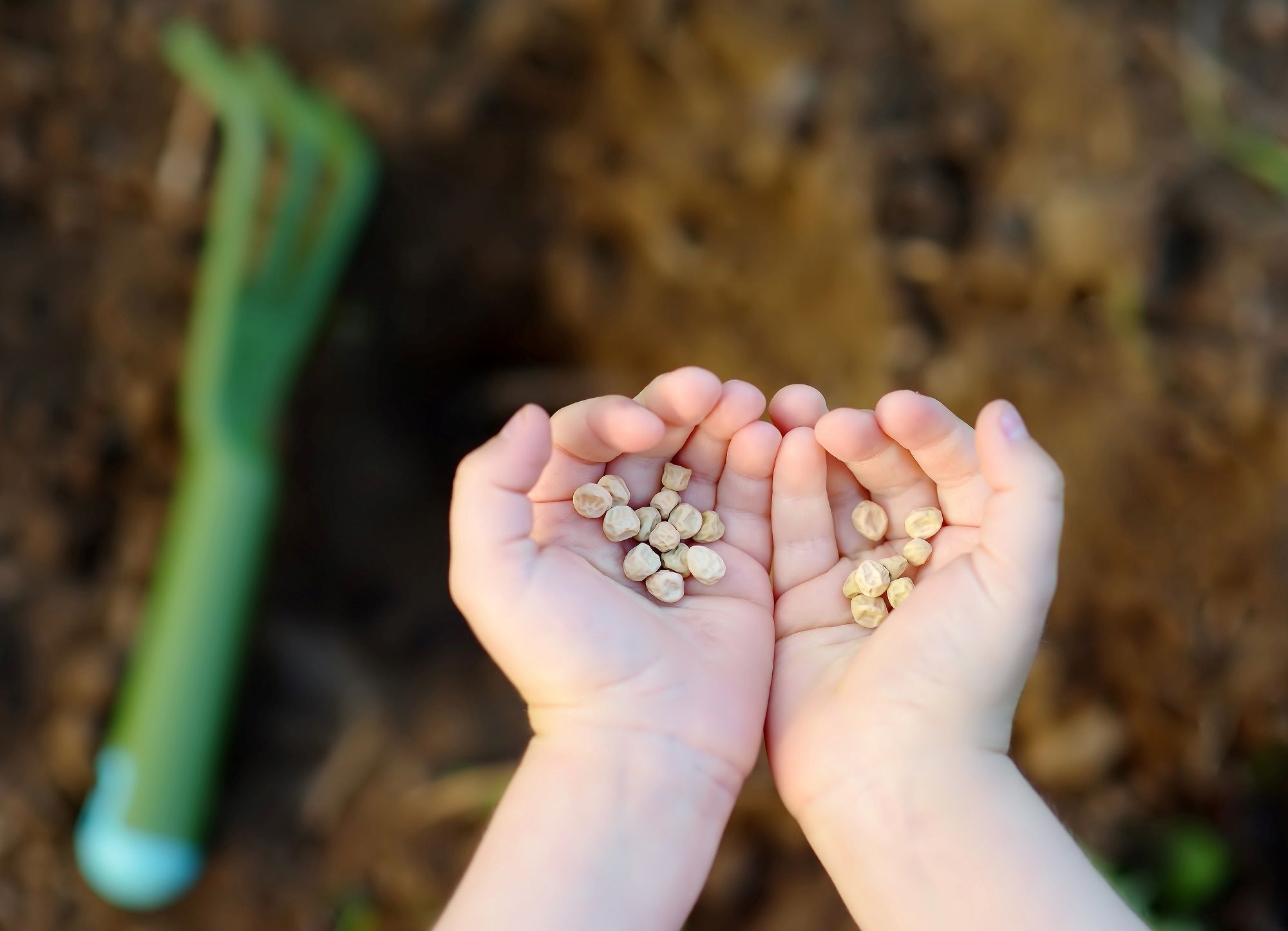
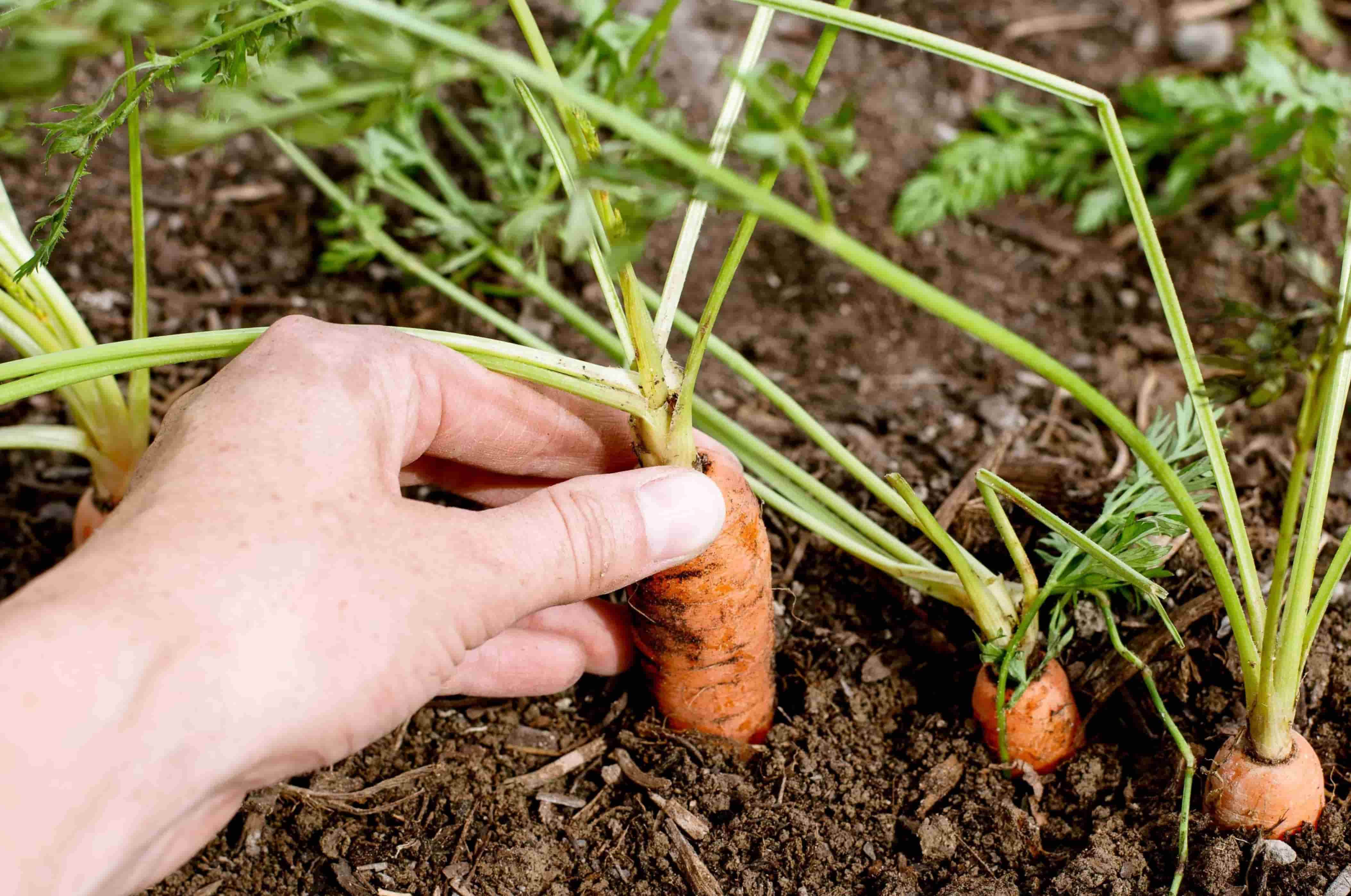
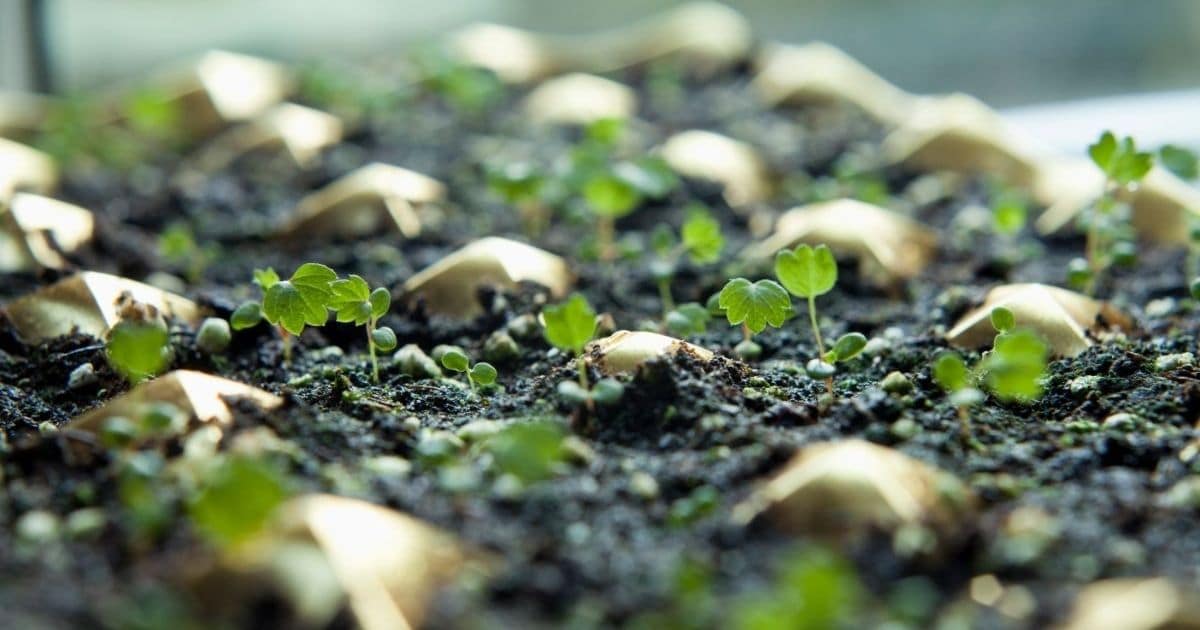
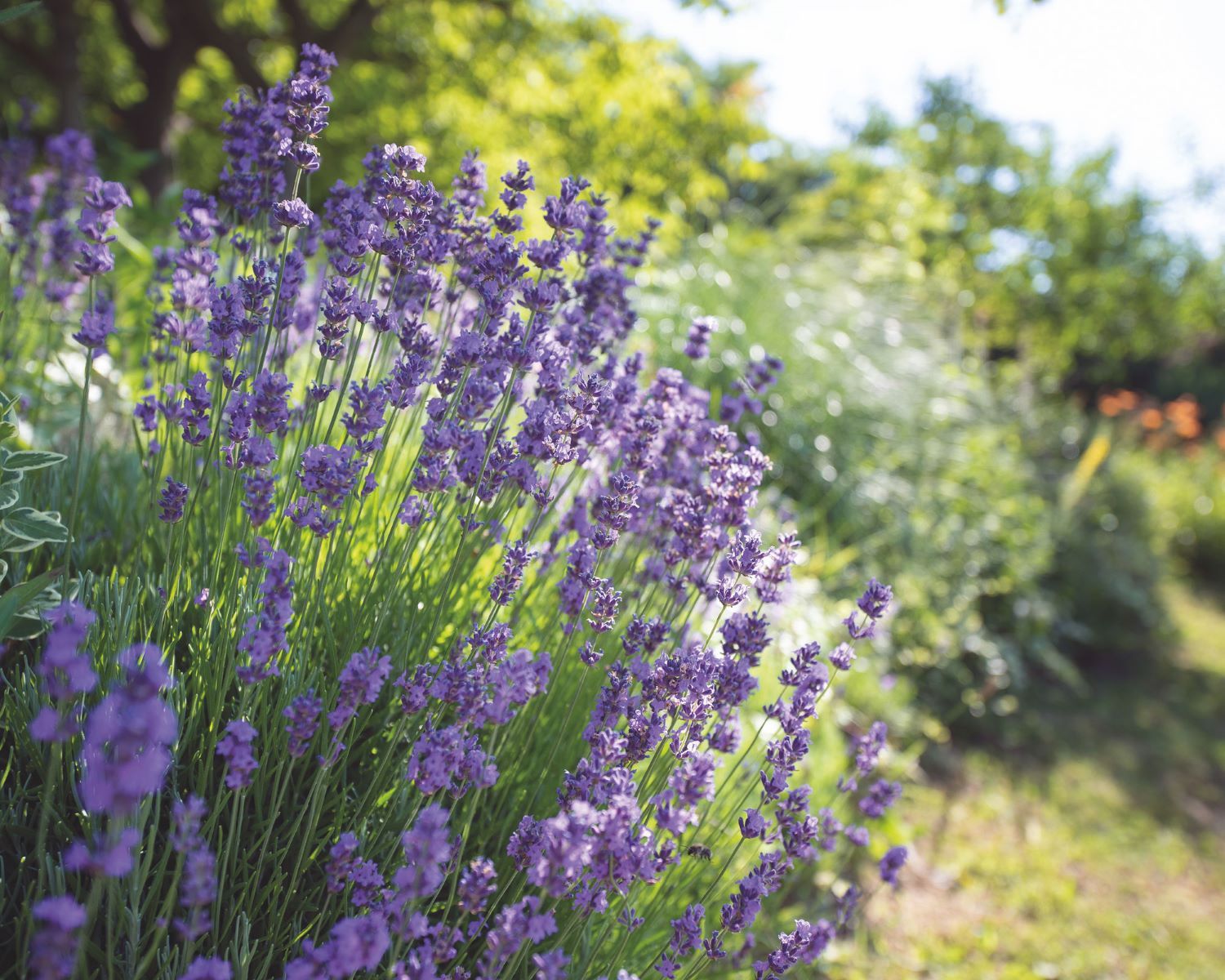
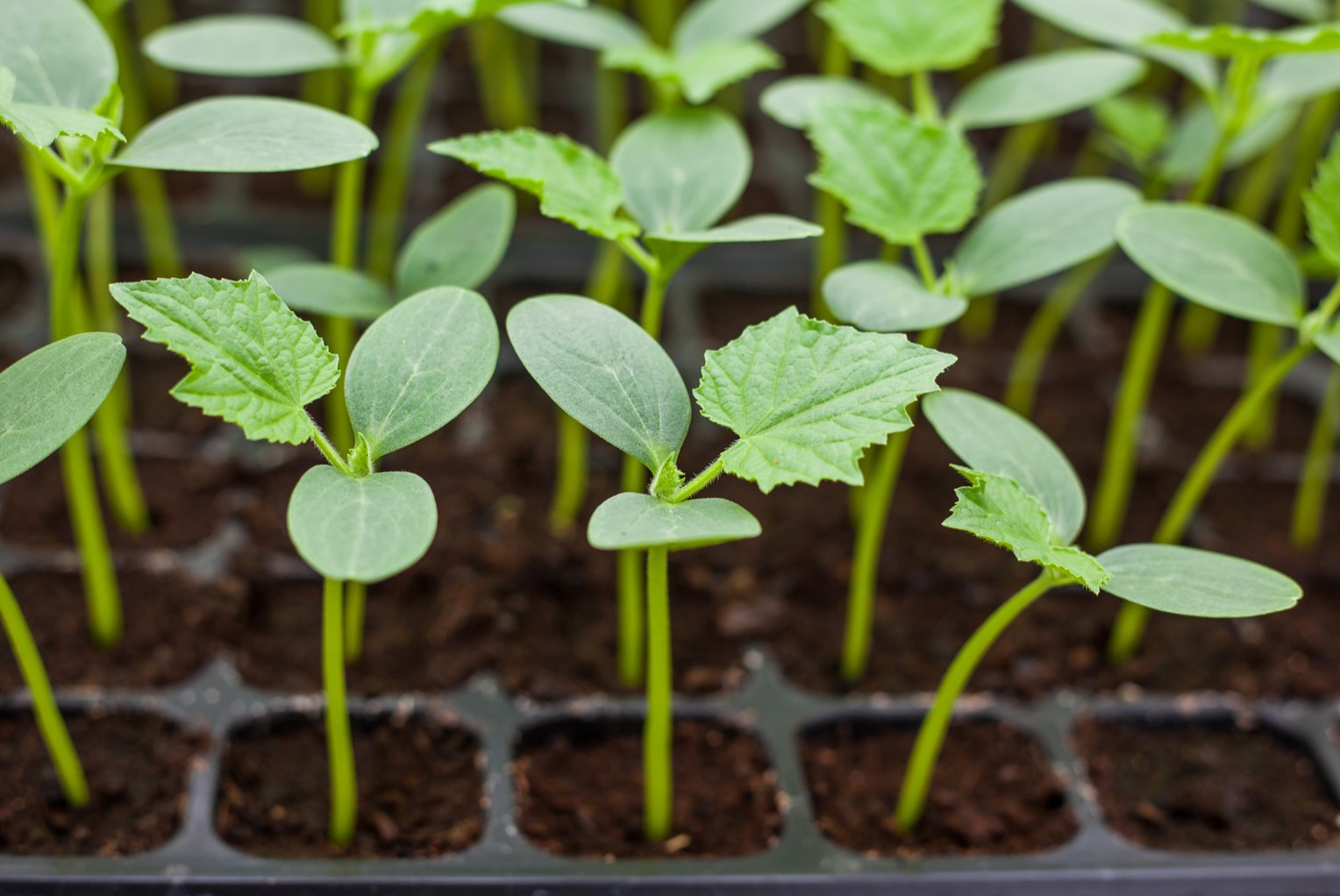
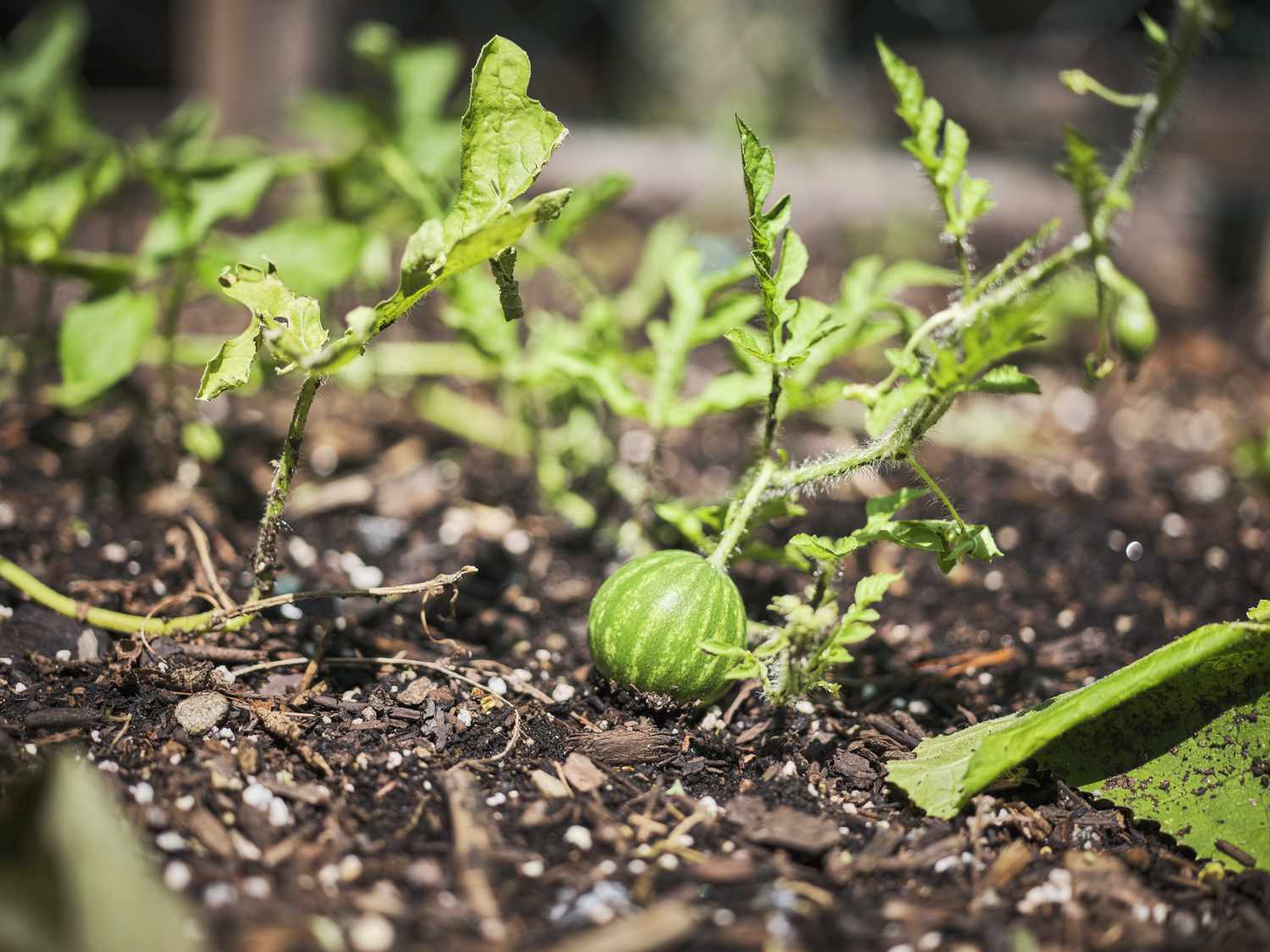
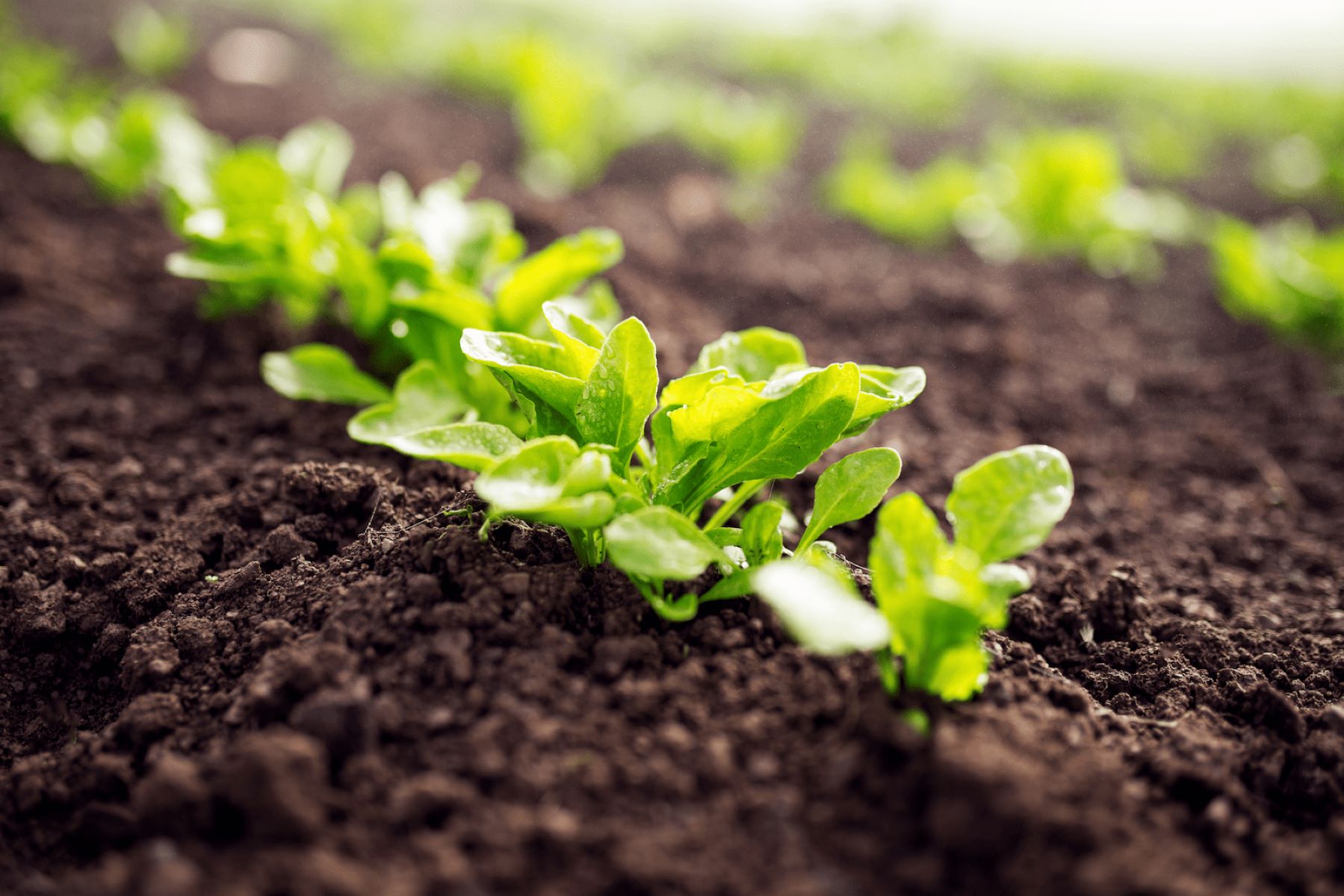
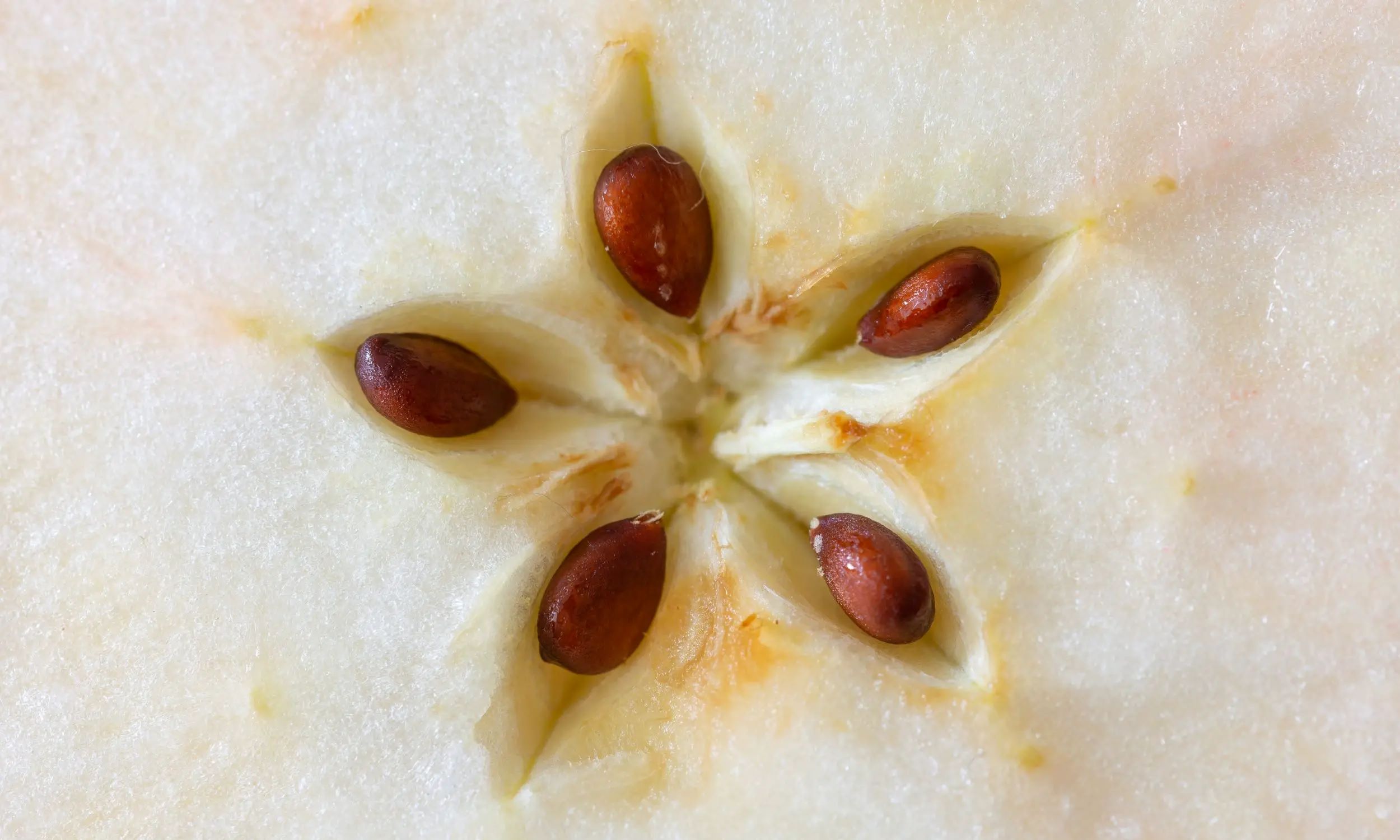
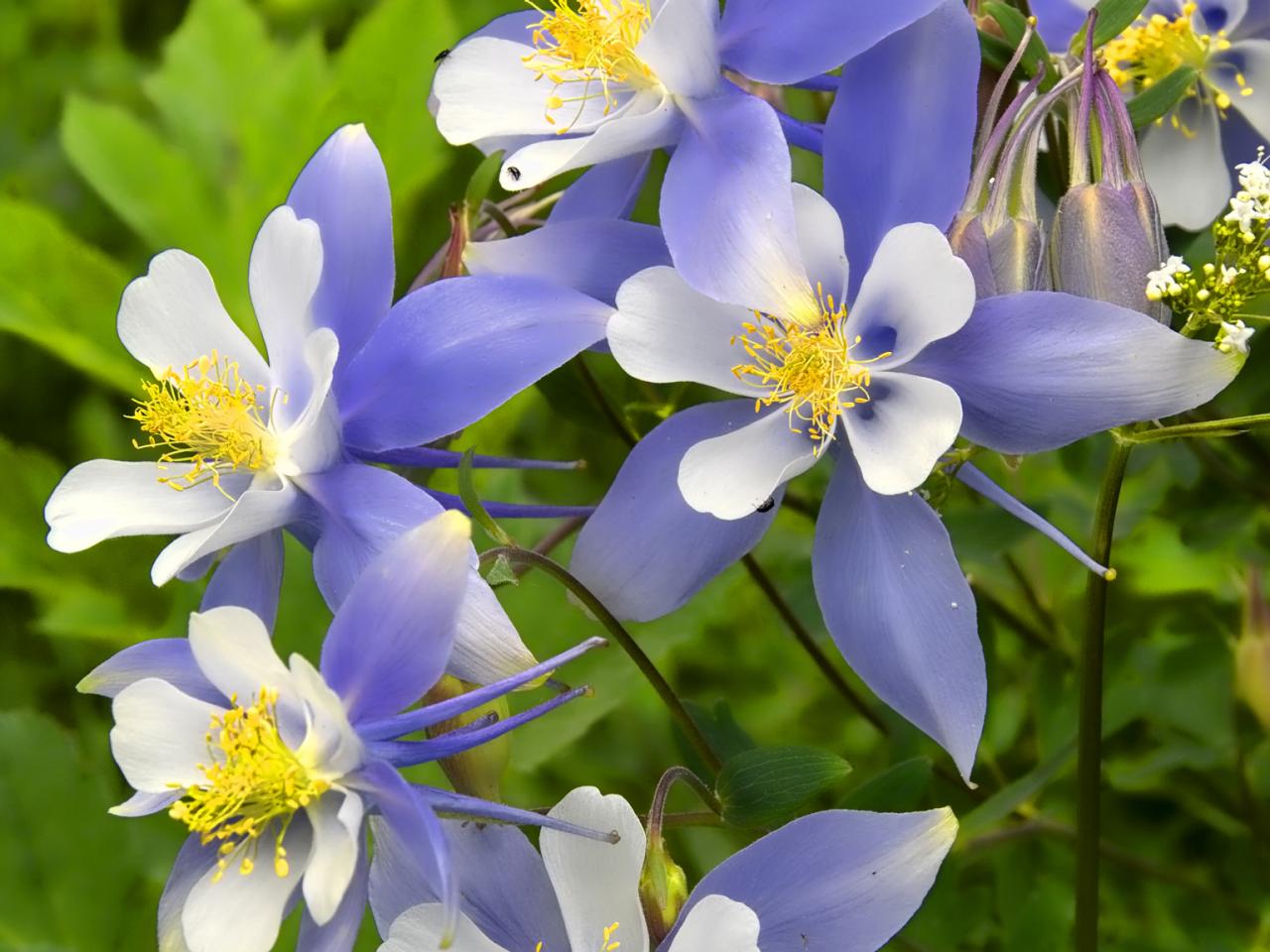
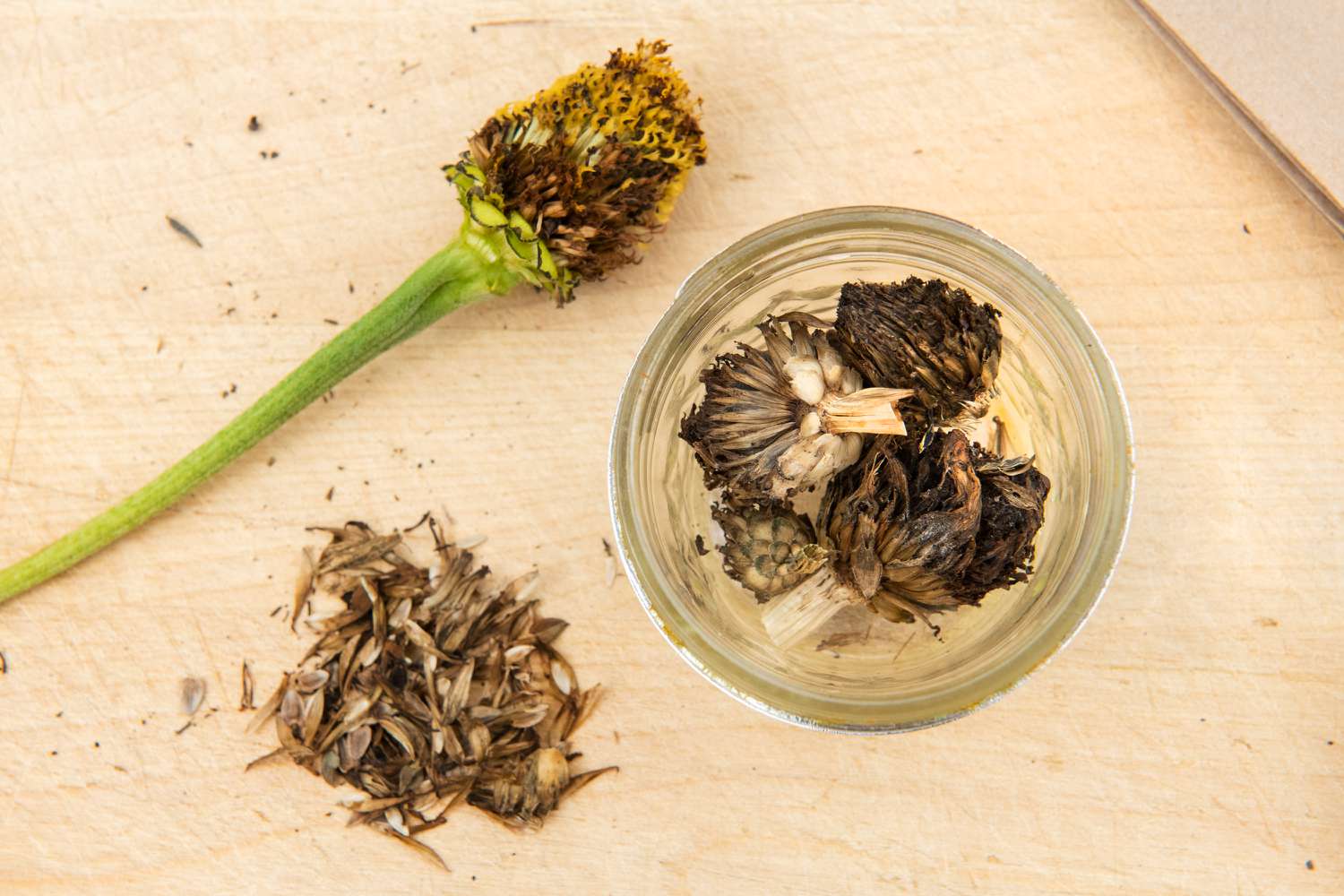
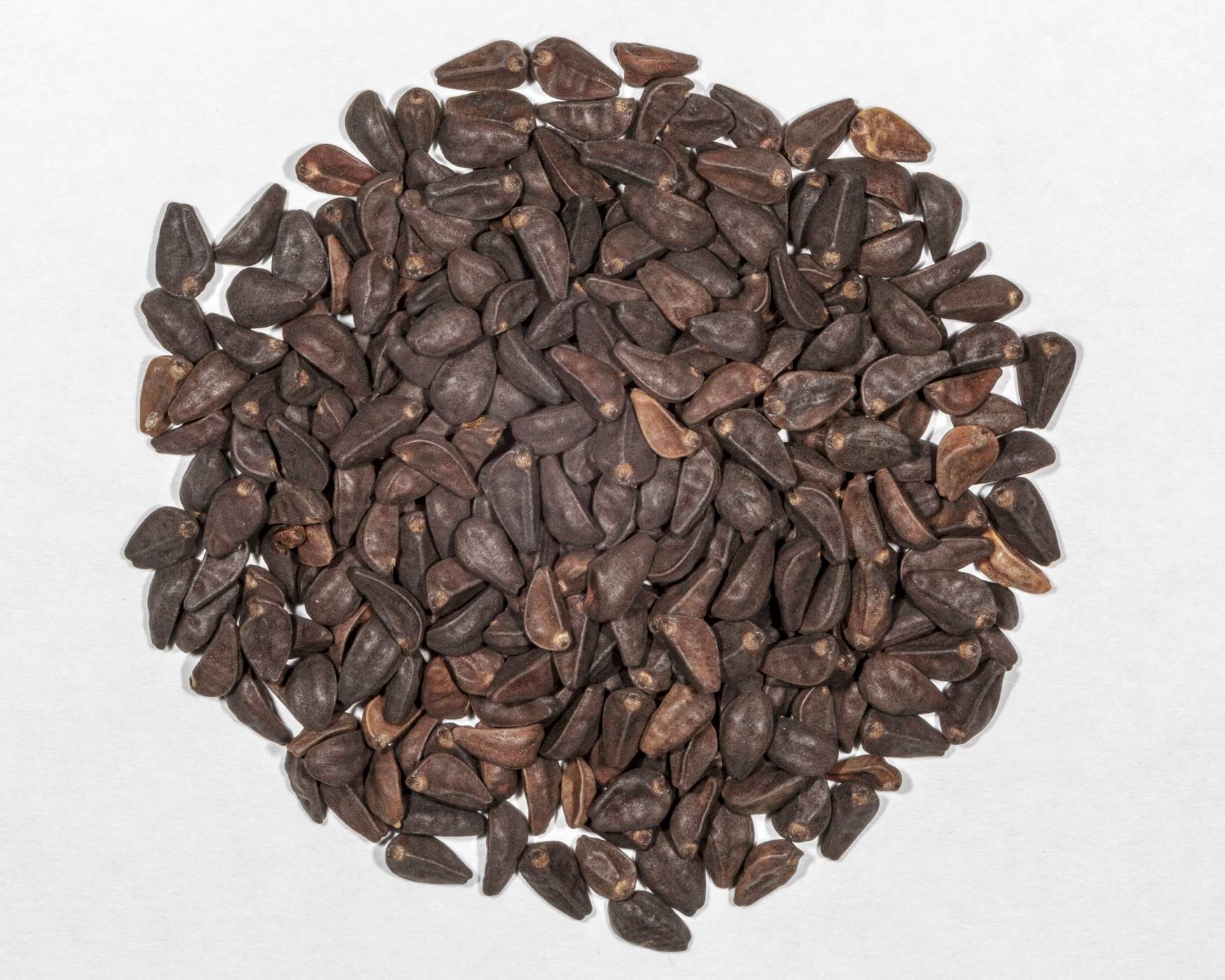
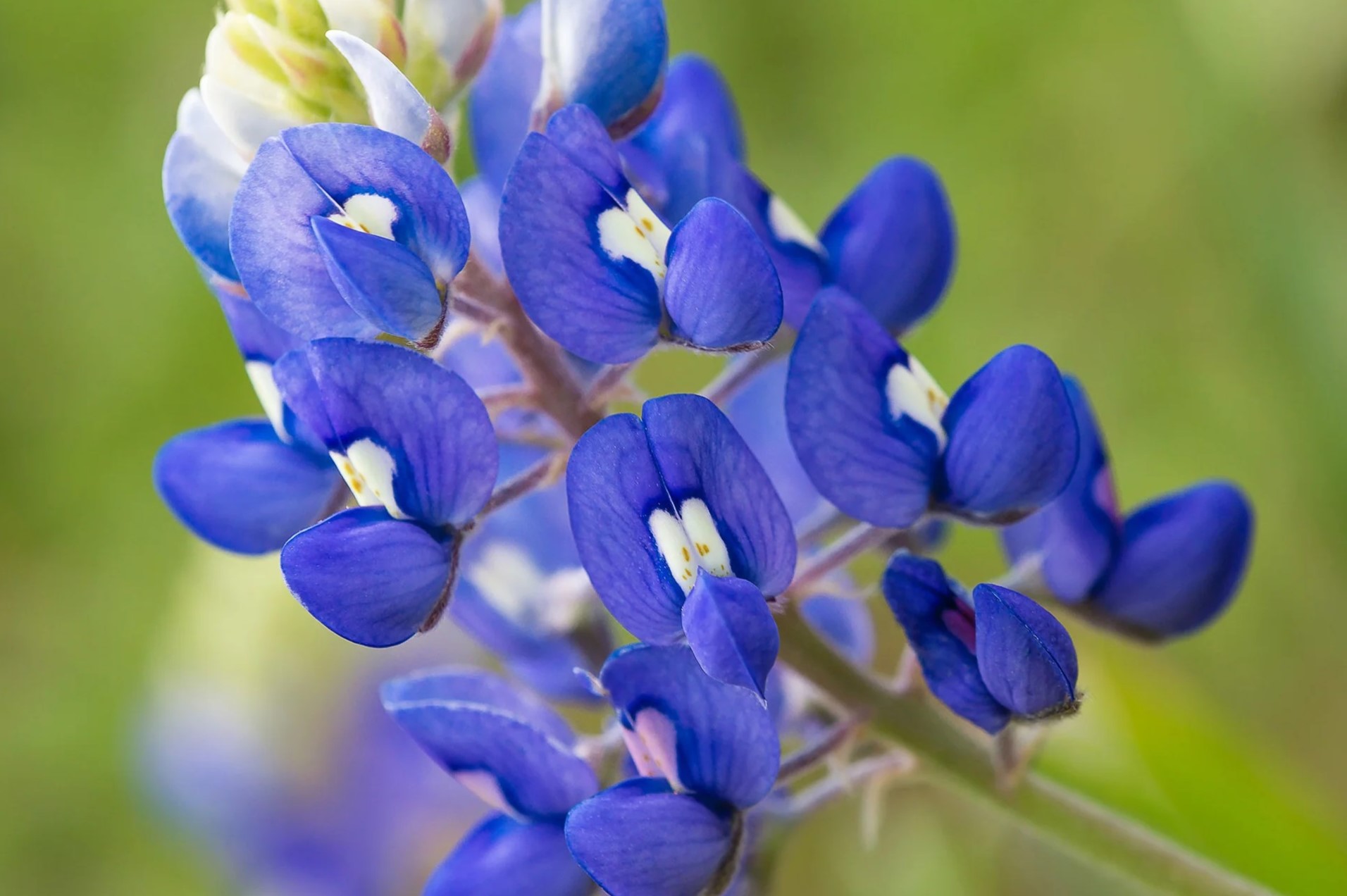
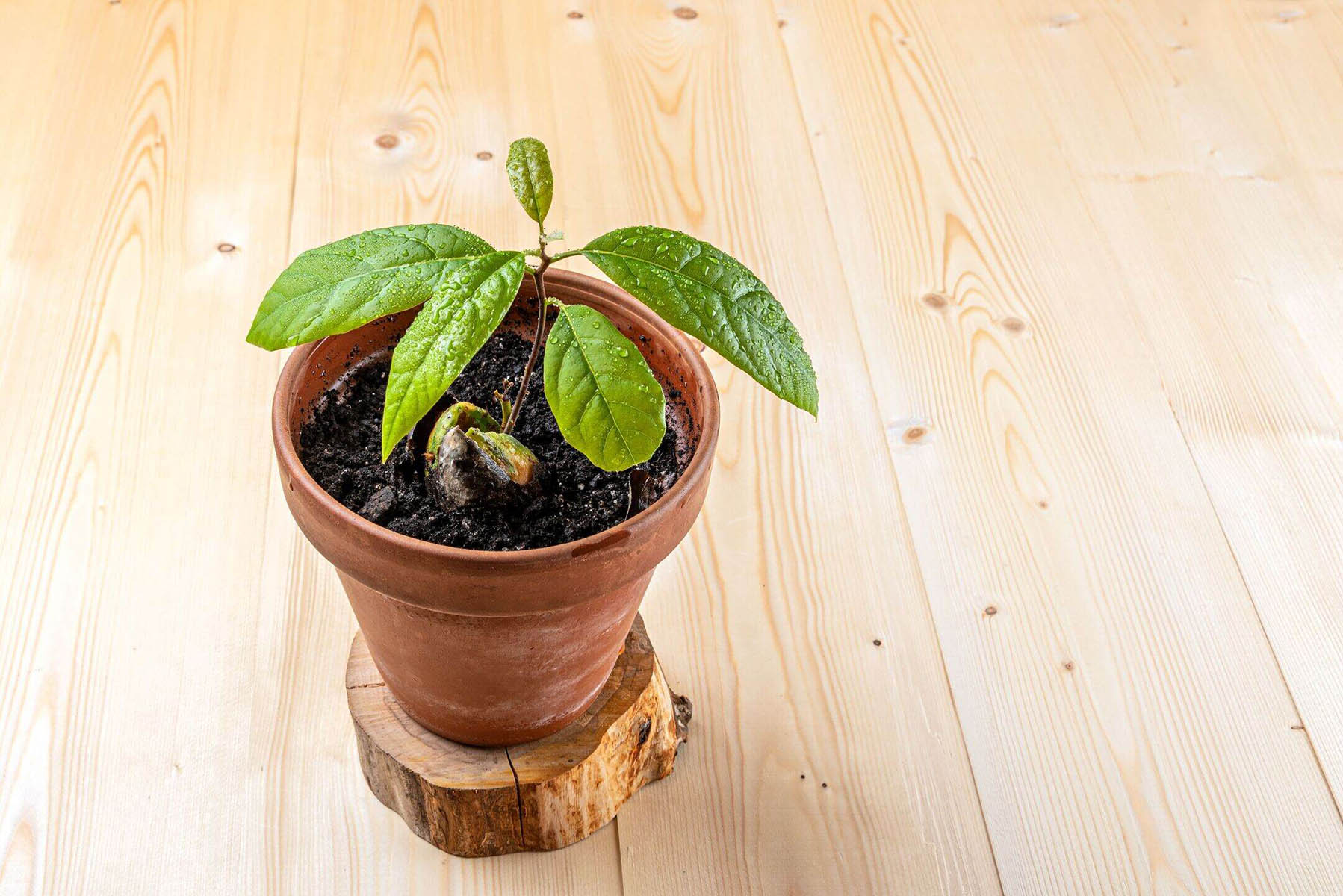

0 thoughts on “When Do You Plant Corn Seeds”